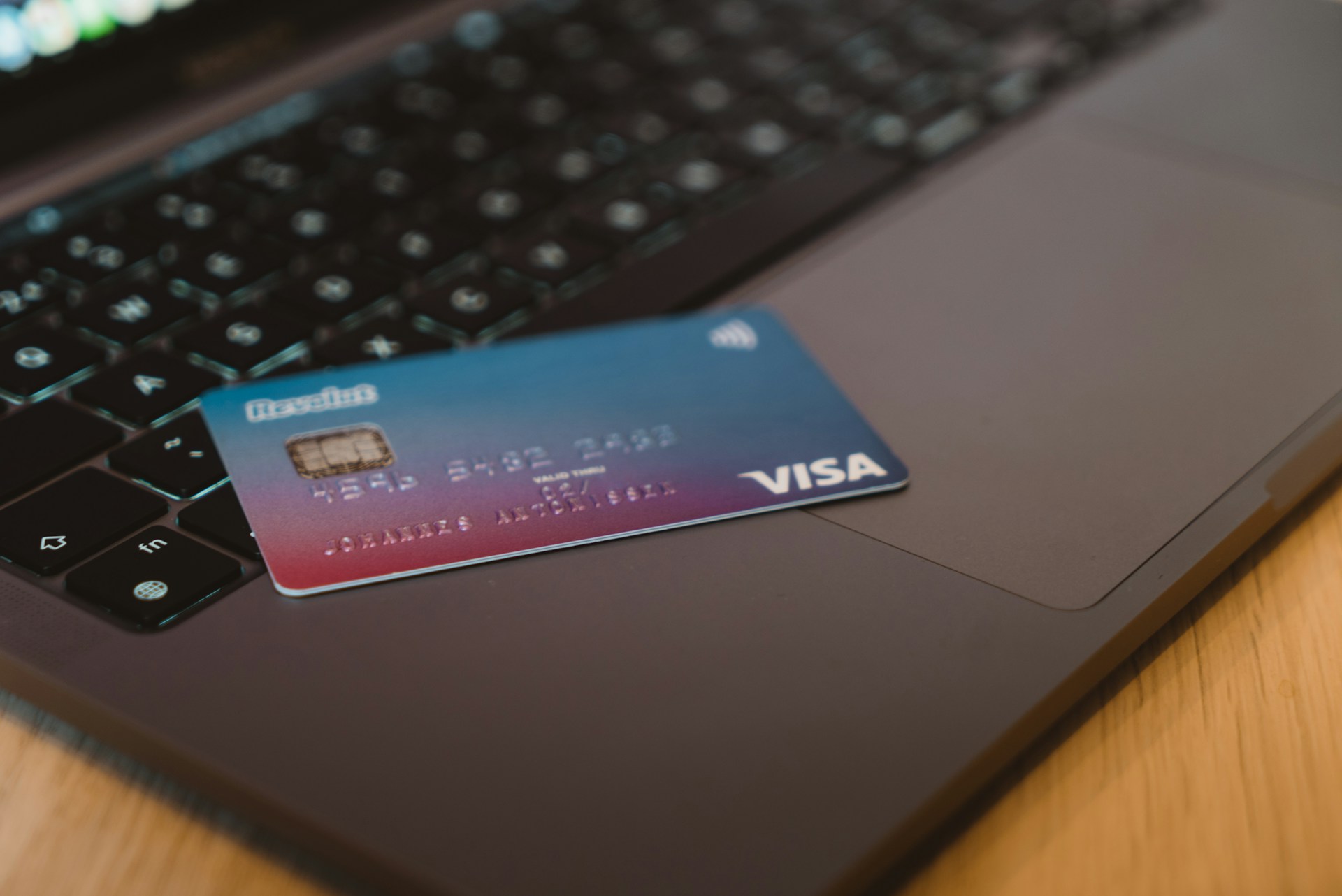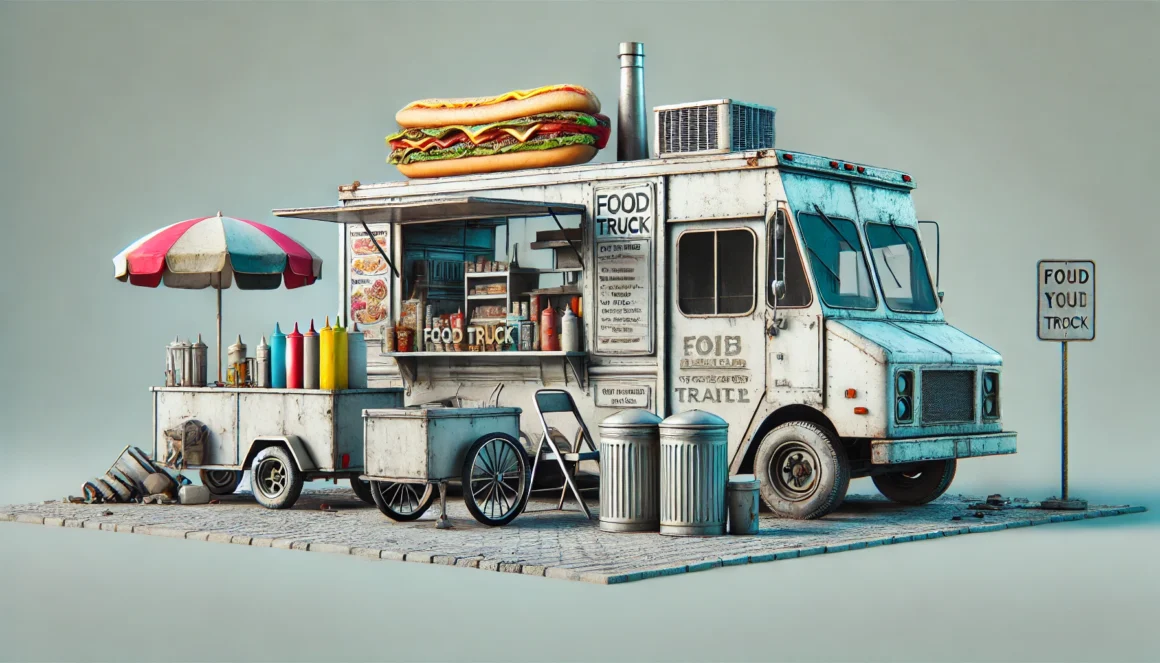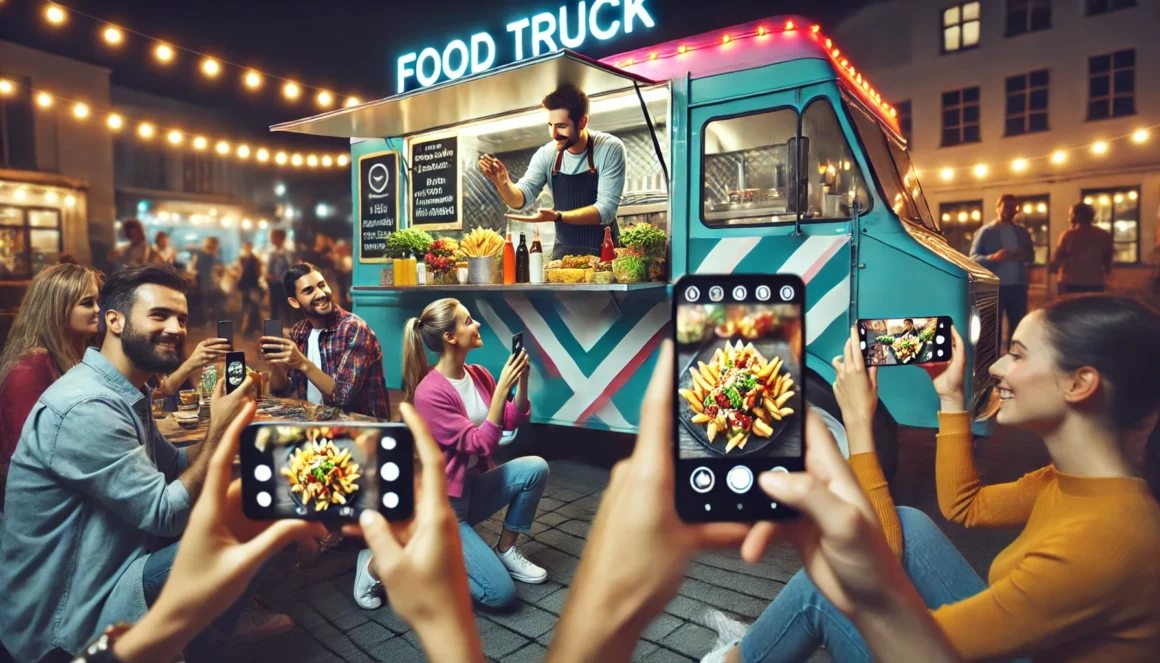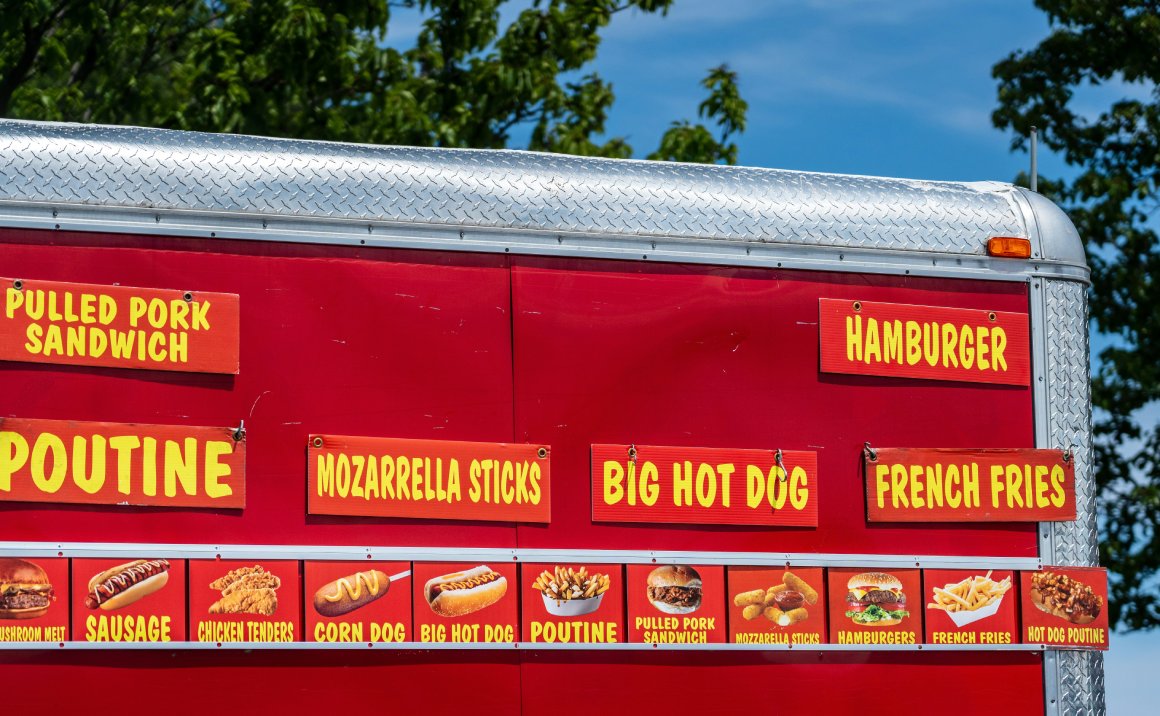
Is Cash App a Good Payment Processor for Your Food Truck?
This post is part of a regular series. Click here to start at the beginning.
In the world of mobile payments, Cash App is a relatively new player that’s gaining popularity among small businesses, including food trucks. Known for its ease of use and person-to-person payment capabilities, Cash App is an app-based payment solution that allows customers to send money directly from their mobile devices. For food truck owners looking for a simple, low-cost payment solution, Cash App offers a straightforward option that fits perfectly into the fast-paced world of mobile food service.
In this post, we’ll take a closer look at how Cash App works, its advantages for food trucks, and any limitations to consider when using it as your primary payment processor.
1. Cash App: A Mobile-First Payment Solution
Cash App is designed to make payments as simple as possible, with an emphasis on mobile-to-mobile transactions. Like Venmo, Cash App is primarily a peer-to-peer payment platform, but it has expanded to offer business solutions for food trucks and other small businesses. With its clean interface and simple setup, Cash App makes it easy to start accepting payments with minimal hassle.
Key Features for Food Trucks:
- Quick Setup and Easy Use: One of the biggest advantages of Cash App is how easy it is to set up and use. Food truck owners can create a business account within minutes, generate a $Cashtag (your unique payment handle), and start accepting payments almost immediately. Customers simply send money to your $Cashtag, making the payment process fast and frictionless.
Example: A taco truck creates a $Cashtag (e.g., $TacoTruckAustin) and displays it on the side of the truck and at the order window. Customers pay by sending money to the $Cashtag through their app, without needing to swipe a card or wait for change. - App-Based Payments: Cash App allows customers to send money directly from their linked bank account, debit card, or Cash App balance. This creates a seamless payment experience that doesn’t rely on traditional card readers or hardware, making it ideal for food trucks that prioritize simplicity.
Example: A smoothie truck uses Cash App to accept payments from customers who prefer a digital, contactless option, especially at busy outdoor markets. - Digital Invoices: In addition to receiving direct payments, Cash App also allows you to send digital invoices to customers, which can be helpful if you’re handling large orders or pre-orders for special events. This feature adds a layer of professionalism without the need for complex POS software.
Example: A BBQ truck that caters a private event uses Cash App to send an invoice to the event organizer, making payment easier for both parties.
2. Low Transaction Fees – Perfect for Smaller Orders
Cash App offers some of the lowest transaction fees available, especially when compared to traditional credit card processors. This makes it an attractive option for food trucks with smaller transactions, where keeping costs down is a priority.
Understanding Cash App Fees:
- 1.75% Transaction Fee: Cash App charges a flat 1.75% fee for business transactions, making it one of the most affordable options available for food trucks. This low fee structure is ideal for food trucks with smaller average order values, where traditional processing fees can eat into profits.
Example: A taco truck selling $6 tacos would pay just 10.5¢ per transaction, far less than the 2.6% + 10¢ charged by other processors like Square. - No Monthly Fees or Contracts: One of the major benefits of using Cash App is the lack of monthly fees or long-term contracts. This means you only pay for what you use, making it a great choice for food trucks that operate seasonally or at occasional events.
3. Mobile and Contactless Payment Advantages
Cash App is built around mobile and contactless payments, which have become increasingly popular due to their convenience and hygiene benefits. Especially for food trucks operating in busy outdoor environments, providing a contactless payment option like Cash App helps you cater to modern customer preferences while reducing wait times at the order window.
Mobile Payment Benefits for Food Trucks:
- Contactless Payments: Customers can pay without needing to interact with a card reader or handle cash, making transactions faster and safer. In crowded or fast-moving environments, the ability to pay with a tap of a phone or by sending money directly through the app can significantly speed up service.
Example: A burger truck at a crowded festival uses Cash App as a contactless option to allow customers to pay while waiting in line, helping to reduce congestion at the window. - No Need for Additional Hardware: Unlike many payment processors, Cash App doesn’t require any hardware like card readers or terminals. This can save food truck owners the upfront costs of purchasing equipment and the ongoing costs of maintaining it.
Example: A smoothie truck that operates at different events each weekend uses Cash App as a portable, easy-to-use payment option without needing to carry extra devices.
4. Limitations of Using Cash App for Food Trucks
While Cash App offers a simple and affordable payment solution, there are some limitations to consider before making it your primary payment processor.
Key Limitations:
- No Traditional Card Payments: Unlike Square or Toast, Cash App doesn’t accept traditional credit or debit card payments via a card reader. This means that customers who don’t use Cash App will need to pay with cash or another payment method, potentially limiting your sales.
Example: A BBQ truck that primarily serves older customers might find that many customers don’t have Cash App, requiring the truck to also accept cash or use another payment processor for card transactions. - Limited Business Features: While Cash App is great for basic transactions, it doesn’t offer the advanced business features that come with full-scale POS systems. For food trucks that need inventory management, sales reporting, or employee tracking, Cash App may not provide enough functionality.
Example: A taco truck that operates at a permanent location might need more detailed reporting and menu management, which Cash App doesn’t offer, making Square or Toast a better option for complex operations. - Lack of Offline Mode: Cash App requires an internet connection to process payments, so if your food truck operates in areas with unreliable Wi-Fi or cellular service, this could be a limitation.
Example: A food truck at a remote music festival without reliable service might not be able to accept Cash App payments, leading to missed sales opportunities.
Conclusion: Is Cash App the Right Fit for Your Food Truck?
Cash App is a simple, low-cost, and convenient payment solution that works well for food trucks with smaller transactions or those looking to avoid the complexity and costs of traditional payment processors. Its low fees, mobile-first design, and contactless payment capabilities make it an appealing option for food trucks that operate in busy or outdoor environments.
However, the lack of traditional card payment options and limited business features may be a drawback for larger food trucks or those looking for more robust tools. If your food truck primarily serves a tech-savvy, mobile-focused customer base, Cash App could be a perfect fit. But if you need more advanced functionality or cater to a wider range of payment preferences, other processors like Square or Toast might be better suited to your needs.
Stay tuned for the next post in our series, where we’ll explore Stripe and how it can fit into the payment processing needs of your food truck business.
This post is part of a regular series. Please use these links to view the rest of the series in order.
Summary of Risks and Considerations When Buying a Mobile Food Business Setup
How to Avoid Common Pitfalls When Buying a Food Truck, Trailer, Cart, or Booth Setup…
How to Build Social Media Engagement for Your Food Truck
Boosting Social Media Engagement: A Guide for Food Truck Owners In today’s digital world, social…
How to Handle Peak Times with Minimal Staff on Your Food Truck
Managing Peak Times with Minimal Staff: Strategies for Food Truck Owners One of the biggest…




